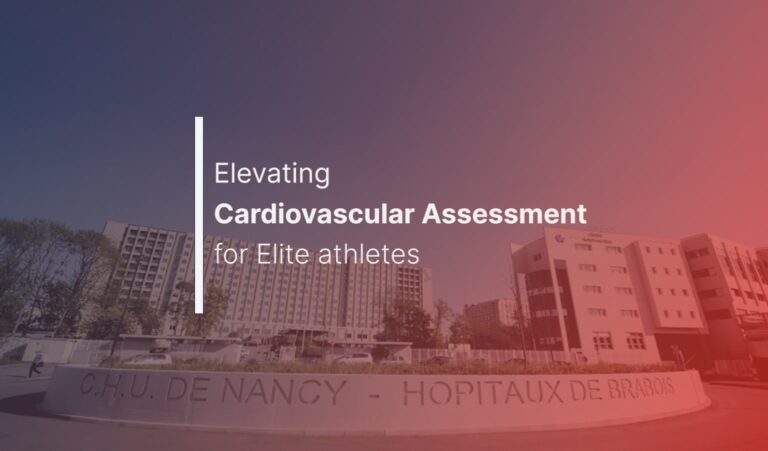The Silent Epidemic: Cardiovascular Diseases Stranglehold on Women’s Lives
Cardiovascular diseases (CVDs) have maintained a relentless grip as the primary cause of death among women worldwide since 2002, sounding an urgent call for focused attention and reform in women’s healthcare. Disturbingly, women experiencing cardiac arrests are only half as likely to survive as their male counterparts, underscoring the gravity of the situation. This gender disparity in survival rates stems from a complex interplay of factors including atypical symptoms, inadequate screening, and limited awareness. Unlocking the solution to this phenomenon lies in early prevention—an often-overlooked facet of women’s health.
Cardiovascular Diseases: A Global Crisis
The spectrum of cardiovascular diseases encompasses conditions affecting the heart and blood vessels, including heart attacks, strokes, and heart failure. Alarming data reveals that these diseases have claimed more women’s lives than any other cause since 2002, a crisis demanding immediate action. Traditionally perceived as primarily affecting men, CVDs have shattered this misconception by emerging as an equal-opportunity threat, transcending gender boundaries.
The Gender Disparity: A Grim Reality
Perhaps the most distressing aspect of this crisis is the significant gender gap in survival rates following a cardiac arrest. Research indicates that women face only a 50% chance of surviving such an event, starkly contrasting with the odds for men. While the reasons for this grim statistic are multifaceted, two factors loom large: atypical symptoms and inadequate screening.
Atypical Symptoms: A Veil of Deception
Women frequently experience CVD symptoms that diverge from the traditional signs typically associated with heart attacks. While men often exhibit overt symptoms like chest pain, women may present subtler indicators such as fatigue, nausea, or discomfort in the neck, jaw, or back. This divergence in symptoms often leads to delayed diagnosis and treatment, heightening the risk of fatality.
The Crucial Role of Early Prevention
To bridge the alarming gender gap in CVD survival rates, early prevention emerges as the lynchpin. By identifying risk factors before they escalate into life-threatening conditions, medical professionals can formulate personalized strategies for women’s heart health. Despite its unequivocal significance, early prevention remains an overlooked component of women’s healthcare. This underestimation of its pivotal role in battling the high mortality rate among women with CVDs perpetuates inadequate care and contributes to the gender disparity in survival rates.
Raising Awareness and Promoting Change
Effecting change in the realm of cardiovascular diseases’ impact on women requires a multifaceted approach. Education and awareness campaigns assume paramount importance to enlighten both women and healthcare providers about the unique risks and symptoms that women may encounter. Advocacy initiatives must be directed towards eliminating the gender gap in research, diagnosis, and treatment.
The enduring dominance of cardiovascular diseases as the foremost cause of death among women since 2002 serves as a stark wake-up call for transformation. The jarring gender gap in survival rates post cardiac events necessitates a reevaluation of healthcare paradigms, with renewed emphasis on early prevention. Elevating awareness and prioritizing women’s heart health is not merely an option—it is an imperative.
The Crucial Role of Early Prevention
To bridge the alarming gender gap in CVD survival rates, early prevention emerges as the lynchpin. By identifying risk factors before they escalate into life-threatening conditions, medical professionals can formulate personalized strategies for women’s heart health. Despite its unequivocal significance, early prevention remains an overlooked component of women’s healthcare. This underestimation of its pivotal role in battling the high mortality rate among women with CVDs perpetuates inadequate care and contributes to the gender disparity in survival rates.
Raising Awareness and Promoting Change
Effecting change in the realm of cardiovascular diseases’ impact on women requires a multifaceted approach. Education and awareness campaigns assume paramount importance to enlighten both women and healthcare providers about the unique risks and symptoms that women may encounter. Advocacy initiatives must be directed towards eliminating the gender gap in research, diagnosis, and treatment.
The enduring dominance of cardiovascular diseases as the foremost cause of death among women since 2002 serves as a stark wake-up call for transformation. The jarring gender gap in survival rates post cardiac events necessitates a reevaluation of healthcare paradigms, with renewed emphasis on early prevention. Elevating awareness and prioritizing women’s heart health is not merely an option—it is an imperative.






